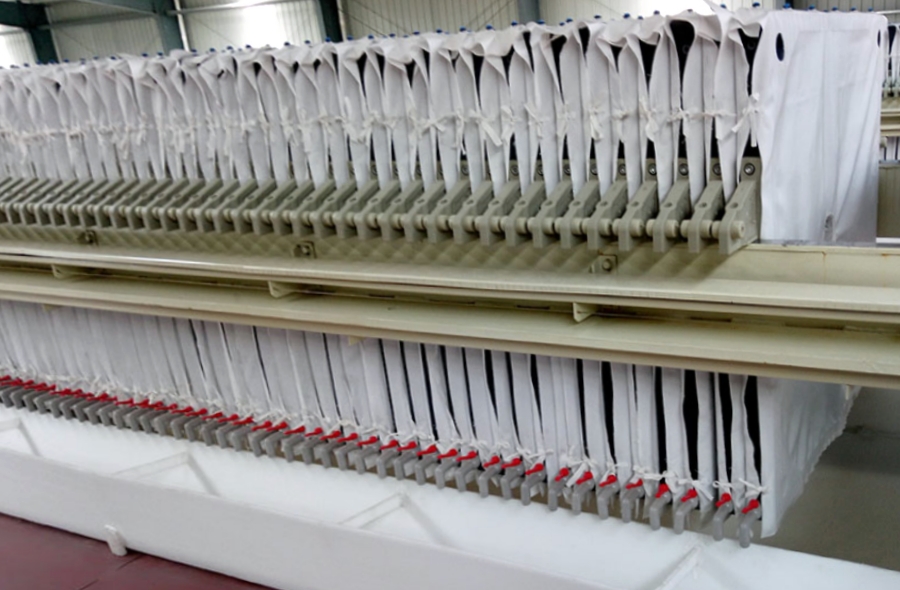
The filter cloth is the core filtration medium in a plate and frame filter press. Its performance directly affects filtration quality, efficiency, and operating cost. Understanding its product features and correct usage is essential.
High filtration accuracy: Effectively captures solid particles of target sizes, forming filter cakes. The precision range covers from a few microns to several hundred microns.
High water/air permeability: Ensures fast liquid flow while maintaining precision, thus improving filtration speed and efficiency. This is closely related to the hydrophilic/hydrophobic properties of fibers, yarn structure, and weaving methods.
Good filter cake release: After formation, the filter cake should release easily and completely from the filter cloth surface, reducing manual cleaning and enhancing equipment efficiency. Surface smoothness, weaving structure (monofilament performs best), and post-finishing coatings significantly affect this property.
Low cake moisture content: Efficient filter cloth helps squeeze out more water during the pressing stage, reducing the final moisture content of the filter cake.
High strength and wear resistance: Withstands high pressure, cake weight, friction, and stretching during filtration. High-strength synthetic fibers (such as polyester, polypropylene, nylon) and proper weaving structures (plain, twill, satin) form the basis.
Dimensional stability: Maintains stable dimensions under high pressure, moisture, and certain temperatures, preventing shrinkage or elongation that may cause sealing failure, slurry leakage, or filter cloth damage. Heat setting treatment is crucial for this.
Anti-clogging property: Weaving structure (monofilament better than multifilament) and surface treatments help reduce fine particles embedding into the pores, extending service life and maintaining flow rate. Smooth surface treatments or coatings can effectively improve this performance.

Plain weave: high strength, high accuracy, prone to clogging.
Twill weave: high strength, good permeability, balanced performance.
Satin weave: smooth surface, good cake release, best permeability, relatively lower strength.
Monofilament, multifilament, and Monofilament multifilament weaving have different applications (monofilament: anti-clogging, easy cake release, high strength; multifilament: high accuracy and strength; mixed: balanced properties).
Heat welding: high strength, no leakage, commonly used.
Sewing: lower cost, requires proper thread selection and sealing.
Seams must ensure strength, sealing, and smoothness.